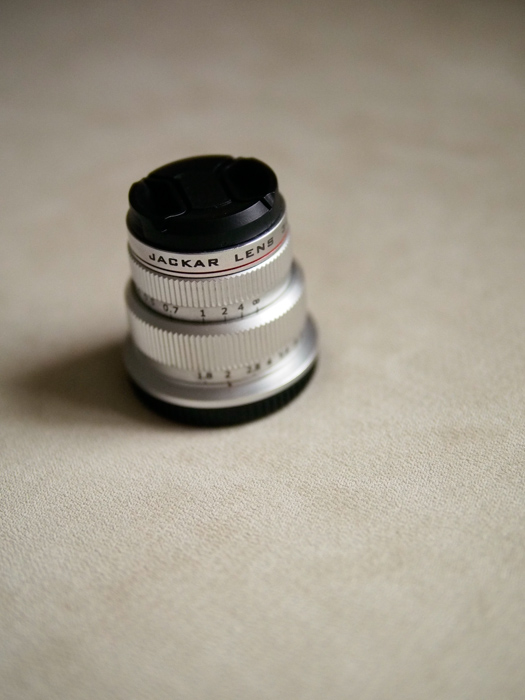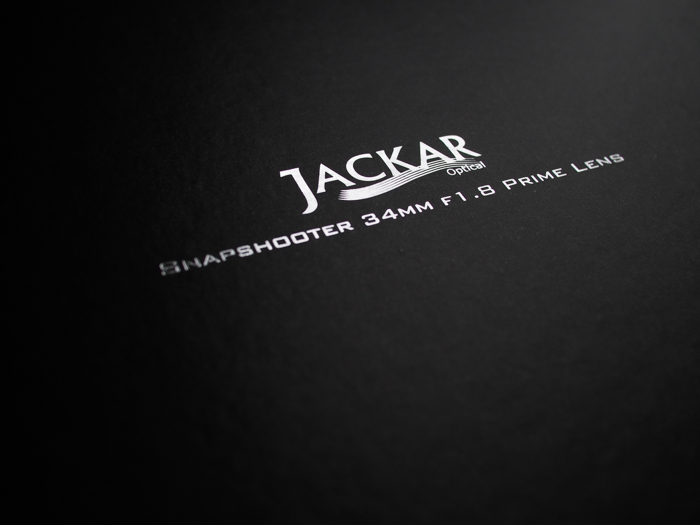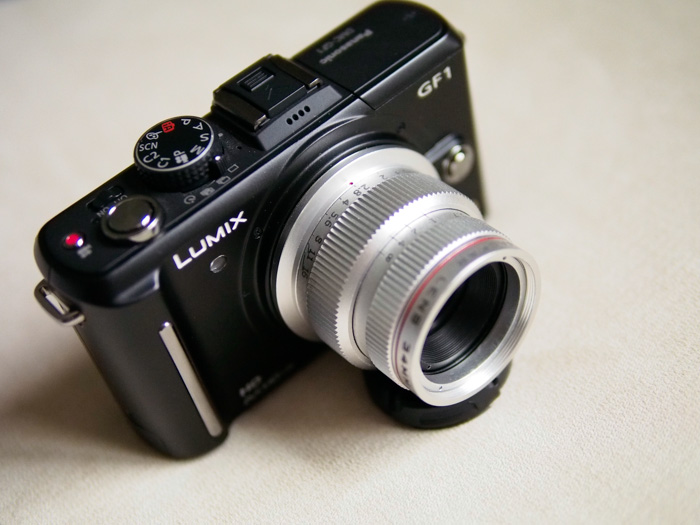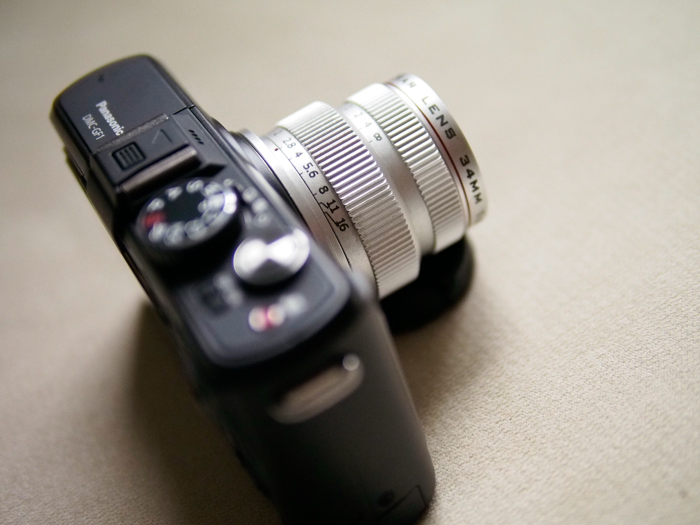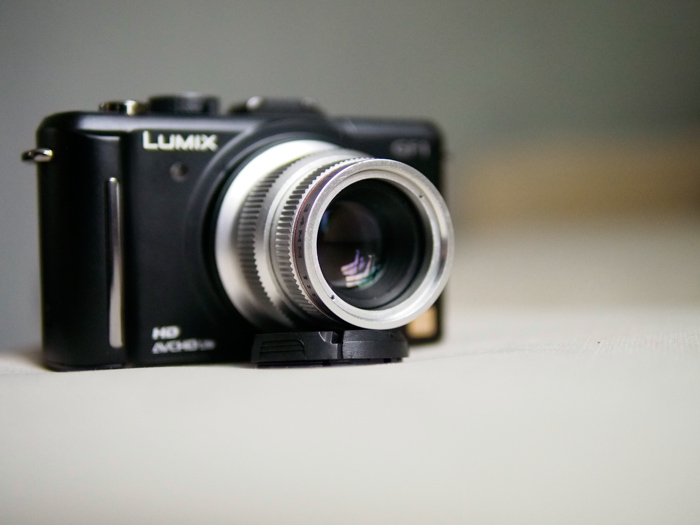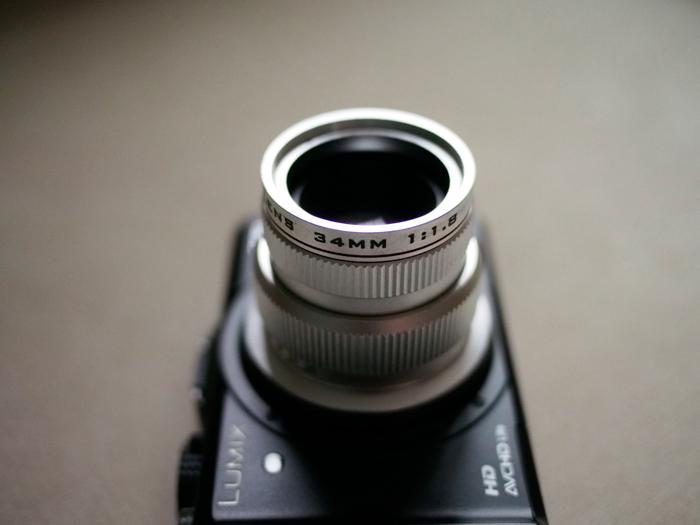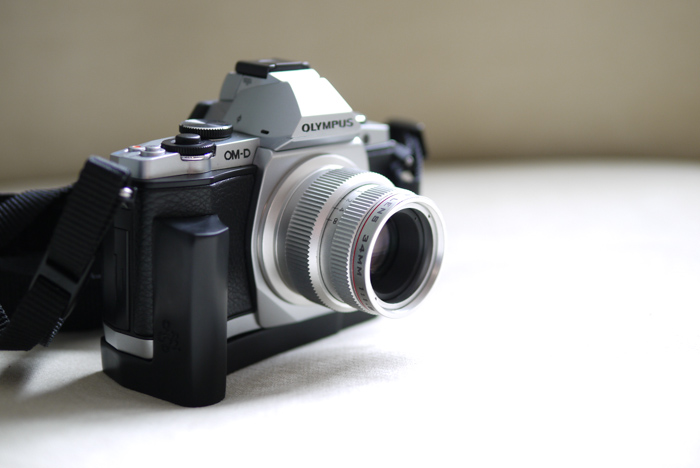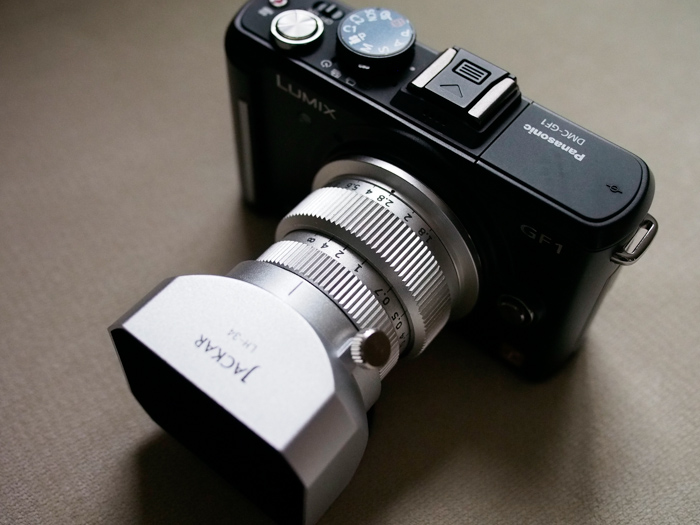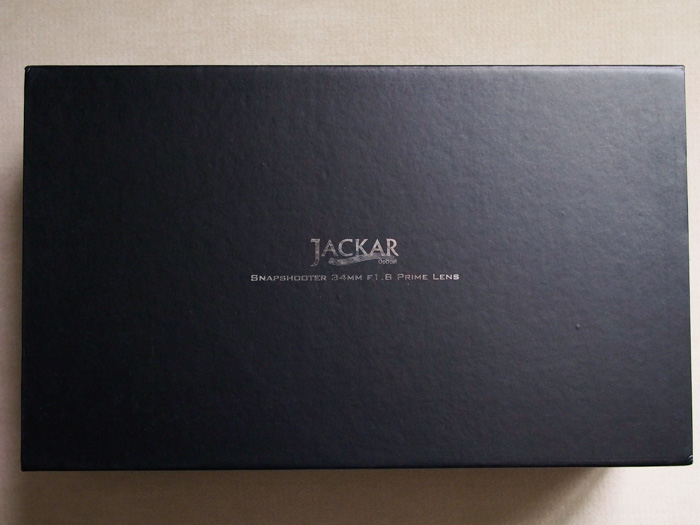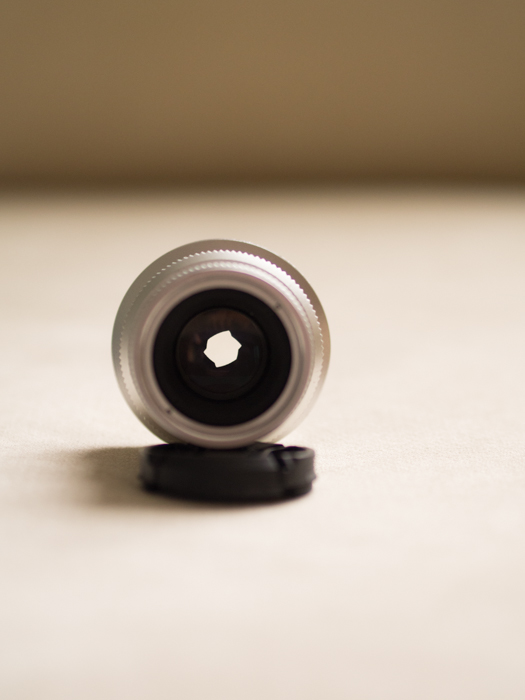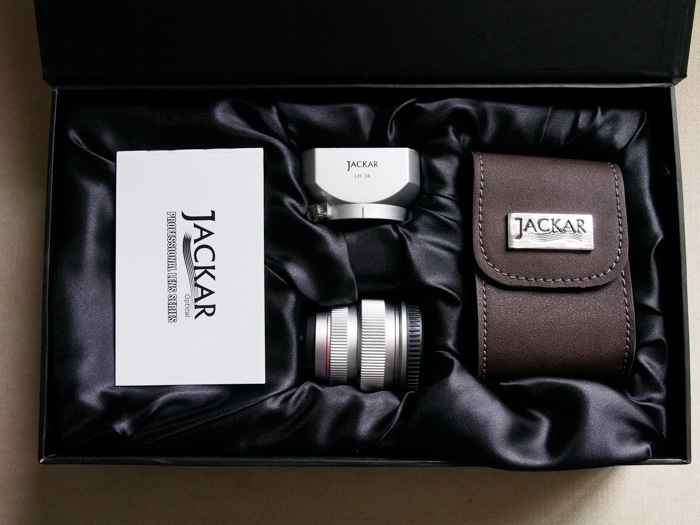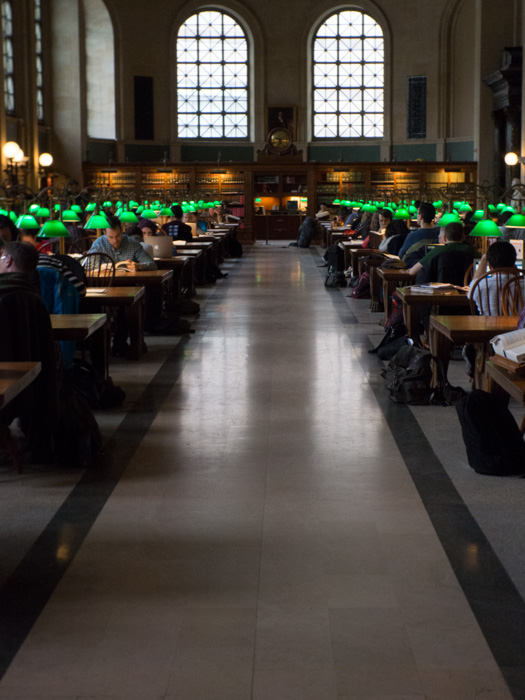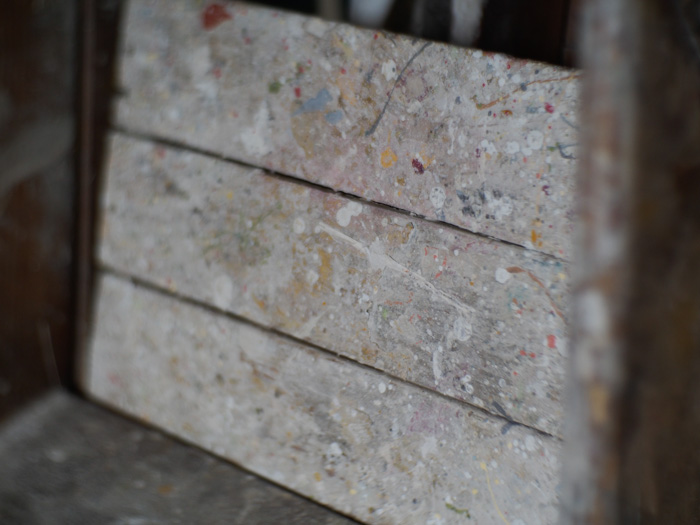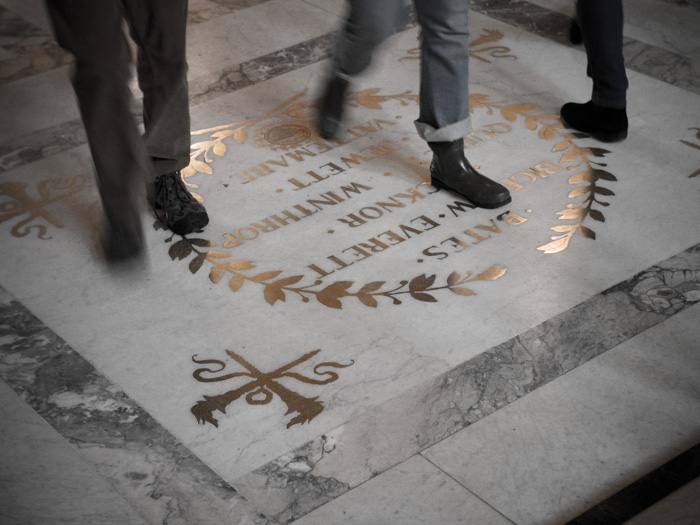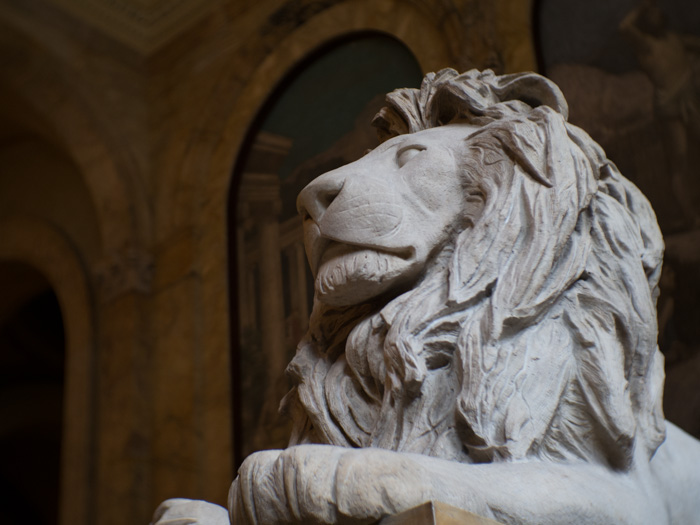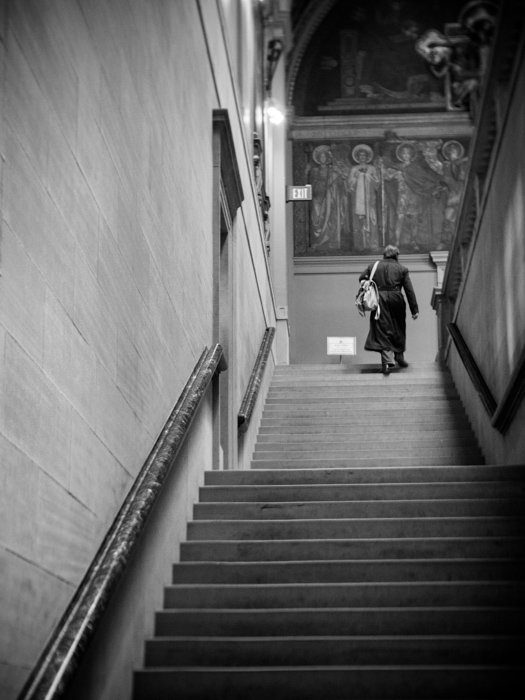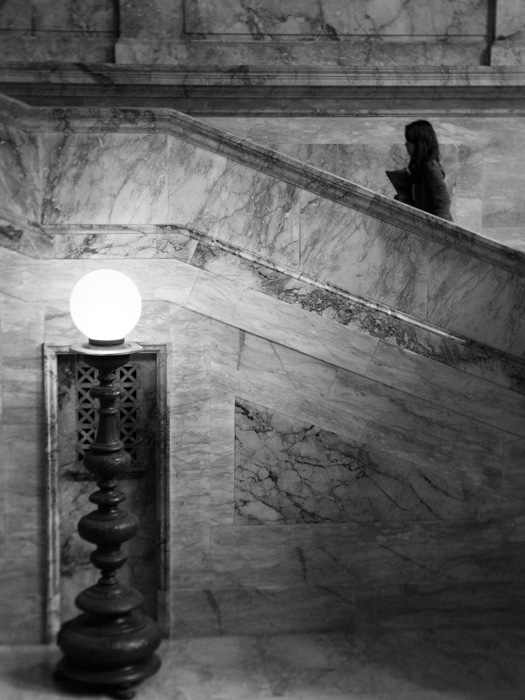The Micro Four Thirds (MFT) format has grown quite a bit over the recent years. There are many factors that can be attributed to this growth but one of the most important factors has to be the selection of native lenses. Panasonic and Olympus lead the charge when it comes to supporting the format but many other lens manufactures have joined the party. One of the newer lens makers to dip their toe in the MFT market is Jackar Optical. Jackar, a Chinese lens maker, recently released a 34mm F1.8 prime lens for MFT and Sony’s NEX series of cameras. Will this lens get lost in the sea of MFT lenses, or will this low cost lens prove to be a hidden gem?
Before we get into the guts of the review, let’s put a few things out on the table. This is not a high performance lens and this was made clear by Jackar when they first sent the lens to me. They communicated that this lens isn’t optically perfect (not many lenses are) and that it is simply an inexpensive alternative to many of the native MFT lenses. This lens is meant to be fun to shoot with and something different than what is currently offered by other lens makers. It was nice of them to pass that along but with an asking price of only $175, I had already had set my expectations accordingly.
Pros and Cons
Pros
- Relatively compact (almost the exact size of Olympus 45mm)
- Lovely packaging
- Comes with hood & case
- Decent image quality when you stop down to around F2.8
- Stepless aperture is good for those shooting video
- All metal build
Cons
- Aperture can be closed beyond it’s maximum settings i.e. the aperture can be completely closed
- Due to the shape of the aperture blades, bokeh balls have odd shape when not shooting at wider apertures
- The metal build means the lens is on the heavier side
- When the hood is attached, you don’t have much room left to adjust focus
- Lens is soft until you stop down
- Focus ring does not feel linear. If you pass your focus point by a hair, it seems like it takes more of a rotation to get the image back into focus.
- Quality control is a bit lacking. My copy was brand new and it already had dust and other artifacts in the lens. Also, it feels like some dirt/grime has already made its way into the focus ring…it grinds a bit when moved.
- Marking on this lens are not accurate at all
Gear Used
- Panasonic GF-1 (Yes, it’s old but I love this camera)
- Olympus OM-D E-M5
Tech Specs
Via Jackar’s website
| Focal length: | 34mm |
| Maximum Aperture | f/1.8 |
| Filter Diameter | 37mm |
| Weight: | 145 g/ 5.11 oz |
| Dimensions: | 48x53mm |
Ergonomics
As I said earlier in the review, the Jackar 34mm is almost the exact same size as Olympus’ 45mm which is a good thing as this is one of my favorite lenses. Whether it’s mated to my Panasonic GF-1 or my Olympus OM-D, this lens protrudes enough from the camera to make manual focus comfortable but the length does not make the camera feel front-heavy. The aperture ring is physically larger than the focusing ring which makes confusing the two pretty much impossible. It’s relatively easy to manipulate the focus/aperture rings as needed but it does take more force than I’d expected. These focusing mechanisms may break in a bit over time, but for now, they are too heavy for my liking.
I was excited to see a crude distance scale on this lens. If you can’t have AF, a distance scale is the next best thing. A distance scale should make shooting from the hip much easier but I found this feature to be completely worthless as the markings are far from accurate. This, along with the fact that the focus and aperture rings move beyond the min/max value markings, made me stick with focusing by the screen rather than trying to using the distance scale.
To make matters worse, once the lens hood is attached, ergonomics go down hill a bit. Instead of screwing into the 37mm filter thread of the lens, the lens hood slides over the top portion of the lens and is then secured to the lens by a screw that tightens a collar in the hood around the end of the lens. It looks beautiful when it is attached to the lens, but it makes focusing more of a challenge. Because the hood takes up quite a bit of real estate at the end of the lens, it leaves very little room for your fingers to work the focus ring. Also, the screw that is used to secure the hood to the lens is rather large and you will end up bumping your fingers up against the screw when dialing in your focus. The front element of the lens is recessed within the barrel enough where I would think a hood may not be required, but I like the way it looks so I kept the hood on throughout the test.
Build Quality
The Jackar 34mm F1.8 is a mixed bag when it comes to build quality. The exterior of the lens is machined from a “high-grade alloy” and it has a great retro look and feel to it. The lens fits securely to both my GF-1 and OM-D with neither wobble nor difficulties getting it on or off of the camera body.
But the real showstopper is the packaging. Yes, I said the packaging…it’s amazing. It’s actually very similar to what Fujifilm did with the X100. Along with the wonderful packaging, Jackar include a lens hood and a case for your lens, all for $175. To my surprise, the quality of the accessories is actually quite good and I never ran into any issues with them while testing.
Unfortunately, the exterior bits are where the pros end as the problems with this lens are really in the guts of it. Upon opening the package, the first thing I did was inspect the inside of the lens for any dust, oil or stray artifacts. Sadly, I found quite a bit of dust within the lens. I haven’t seen any of these creep up in photos, but it still bugs me to see dust in a brand new lens. More worryingly, dust or dirt had made it’s way into the lens which results in a mild grinding noise when turning the ring. To make matters worse, the grinding noise can be heard when shooting video if the environment is on the quiet side. Whatever is caught in there may work its way out over time, but it’s disheartening to find these QC issues right from the start.
Focusing
**Please note that this is a manual focus lens only**
I will be the first to admit that I’ve become rather reliant on AF these days. I don’t have the the best eyesight in the world so MF can be rather challenging for me. Side note, I have used a Sony NEX-7 and the focus peaking is fantastic, I wish my OM-D had this feature. Anyway, by switching a few custom buttons to pull up a magnified view, I was able to setup my OM-D and GF-1 to make manual focusing a bit easier.
After some practice, I became more comfortable focusing with the Jackar 34mm. Obviously, the wider your aperture, the shallower your DOF so shooting wide open can be rather tricky. Also, this lens has a soft and dreamy look to it when wide open and, because of this, it can be hard to nail focus when shooting at F1.8. If you stop down a bit, between F2 and F2.8, the lens loses that soft/dreamy look and focusing becomes much easier.
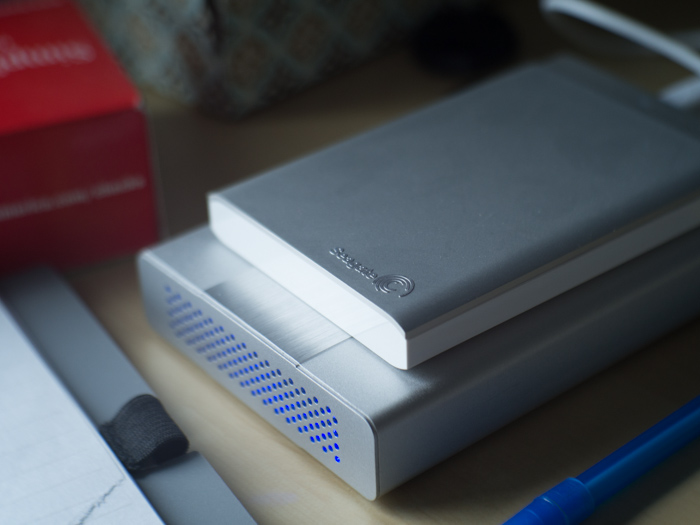
Shows decent sharpness/detail when stopped down and colors look very good. Bokeh is a bit distracting.
I do have a few complaints with this lens when it comes to focusing this lens:
- You can actually focus this lens past infinity. This is kind of a bummer for those of you that are used to simply twisting the focus ring until you hit a lock to find infinity. If you do that with the Jackar 34mm, you will actually go past infinity.
- This may be in my head, but I feel that the focus ring is not balanced. What do I mean by “balanced”? Well, when I try to focus on a subject and I go slightly past my focus point, I feel like it takes a different amount of effort to get back to that same focus point. For example, if I turned the focus dial just 3 degrees past focus and I turn it back 3 degrees in the other direction, the image will not be in focus. I may have to move turn the focus dial 6 or 8 degrees. This may be due to lens design or maybe even the junk that is caught in my lens’ focus ring, but it does make focusing slightly more challenging.
- As I stated before, the distance scale is worthless so you have to rely on your eyes.
- My last beef with focusing the Jackar 34mm is something I already mentioned, the hood. When the hood is attached, there is very little room left for your fingers to focus the lens. The thick collar and the large screw that is used to tighten the collar of the hood take up valuable real estate that may make focusing much harder for shooters with larger hands. You could always ditch the hood, but I prefer shooting with a hood on my lenses.
Ease of Use
Determining how easy the Jackar 34mm is will depend on your level of skill/comfort when it comes to working with manual focus lenses. I am by no means a wiz when it comes to focus speed and accuracy with manual focuses lenses. But after a few days of practice with the Jackar 34mm, I was hitting a solid number of shots. If the distance scale actually worked, I think I would have a much better time shooting with this lens as I do like to shoot from the hip.
One piece of advice when shooting with MF lenses, learn to use your camera’s magnification feature. I setup my OM-D to have the Fn1 button bring up a magnified view of my focus area which made focusing the Jackar much easier. With both the OM-D and GF-1, once you pull up the magnified view, you can raise or lower the magnification values buy using the corresponding function dials (dials may vary based on your button assignments).
Image Quality
Overall, I found the image quality of the Jackar 34mm to be pretty good, but you really need to stop the lens down to get decent results. I think around F2.8, who knows what it actually is as I don’t trust the markings, is really the minimum aperture that you should use with this lens unless you like that dreamy look that somes lenes have when shooting wide open. On the up side, colors do look very good, and I think this is where the lens excels the most.
Bokeh
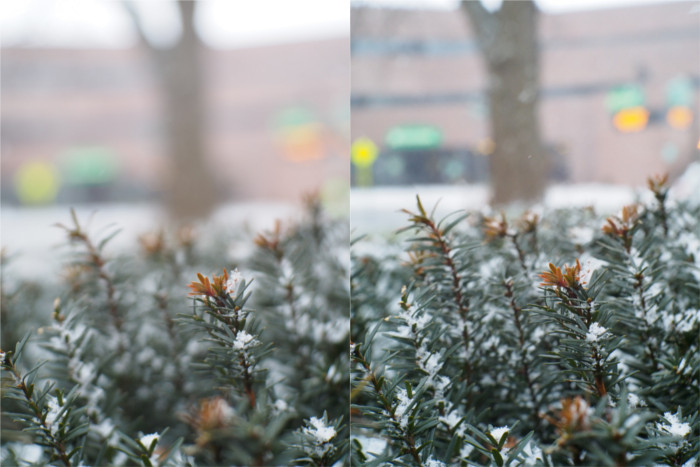
Bokeh is smooth most of the time, but I find it a bit flat when shot wide open. Also, there where times when I did find the out of focus areas to be a bit distracting (see image of hard drives above) and shooting at smaller apertures results in oddly shaped bokeh balls which are a results of this lens’ unique aperture blades.
Sharpness
When stopped down a bit, around F2.8, this lens becomes fairly sharp across the frame with the exception of the corners. Even when stopped down quite a bit (around F8), the corners will be soft. Use an f-number smaller than F2.8 and I find the image to become very soft with the center of the frame being the sharpest…but I wouldn’t call it sharp. Unless you are shooting in low light and you are at your highest desired ISO, I would avoid shooting with this lens wide open at F1.8. If you have to have a fast prime and you plan on shooting it wide open, you’re better of saving your money and picking up Olympus’ 45mm F1.8 or Panasonic’s 25mm F1.4.
Color Fringing
Surprisingly, color fringing was not a major issue with this lens. Several of the images that were taken in the snow show little to no color fringing or chromatic aberrations. Personally, color fringing is never really a major factor for me when buying a lens unless it is just horrific. Color fringing can be fixed pretty easily in post nowadays.
Distortion
Like color fringing, this Jackar lens shows little to no signs of distortion. Portraits look pleasant (no massive noises) and I didn’t feel like I had to make any major lens corrections in post.
Additional Images
Conclusion
At this price, the Jackar 34mm F1.8 is clearly not going to win any awards when it comes to resolution charts or pixel peeping. It is soft wide open. The corners are soft regardless of aperture setting and I question some of the components (i.e. focus/aperture ring accuracy), but that doesn’t mean it’s not a usable lens. For many (myself included), photography is more about the experience of shooting than micro contrast and optimal bokeh. This lens gives you the look and feel of a more expensive lens without the price tag. Yes, the more expensive lenses will probably give you much better results but for some, staying within a budget is more important than owning the “best” gear out there. I did have much more fun shooting with this lens that I thought I would and, for the price ($175), I find the image quality to be acceptable. This lens is by no means a replacement for your Olympus 45mm F1.8 if you have one. But if you don’t have the Olympus 45mm and your strapped for cash, this may be an option for you.
So, should you buy it? Well, that depends on your situation. It is a very nice looking lens and it can produce decent images in the right situations, but I find it to be a special-use lens meaning this isn’t going to live on your camera. If you have the Olympus 45mm or the Sigma 30mm F2.8, I would say pass unless you are really drawn to the stepless aperture control for video. If you have a tight budget, you don’t own something similar, you don’t mind manually focusing and you can live shooting above F2, you just may be happy with with the Jackar’s unique characteristics. If you have the cash and you are simply looking for something “different”, I think you may be happy investing $175 on this lens.
With all of that being said, just like any purchase, you should do a bit of comparison shopping first. If you need a MFT lens around 30mm-40mm and you need to stay under $200, I would strongly suggest looking at Sigma’s 30mm F2.8 before picking up the Jackar. There have been deals where you can get the Sigma 30mm F2.8 and the Sigma 19mm F2.8 for $99 which is an absolute steal. Yes, the Jackar technically is faster but I personally find the lens to really only be useable above F2. Also, adapted legacy lenses are also a viable option if you don’t mind the lack of AF. There are plenty of deals for legacy lenses and MFT adapters on eBay. You could probably pick up an adapter and a few lenses for the same price. Food for thought.
Please Support The Phoblographer
We love to bring you guys the latest and greatest news and gear related stuff. However, we can’t keep doing that unless we have your continued support. If you would like to purchase any of the items mentioned, please do so by clicking our links first and then purchasing the items as we then get a small portion of the sale to help run the website.
Also, please follow us on Facebook, Flickr and Twitter.


